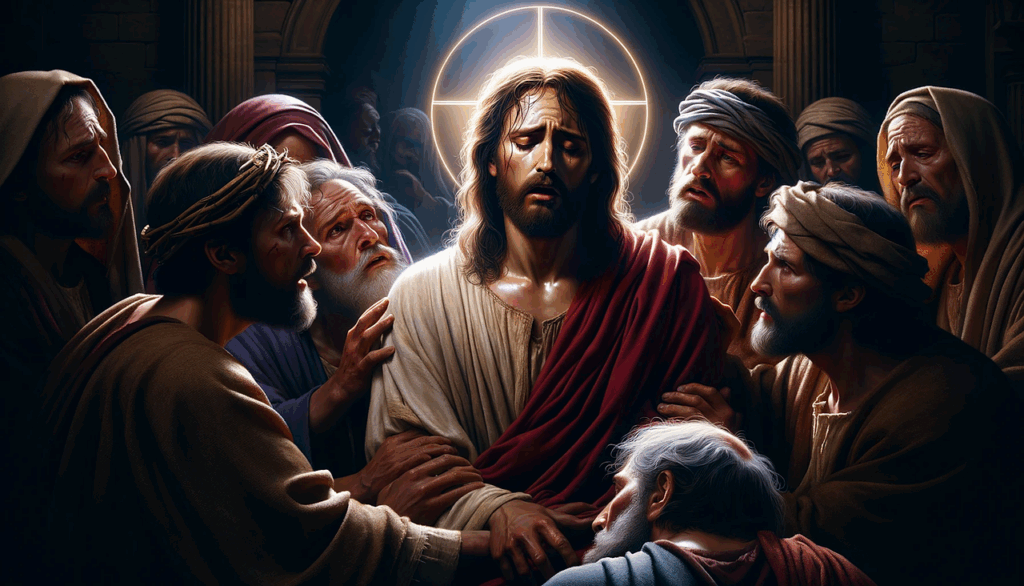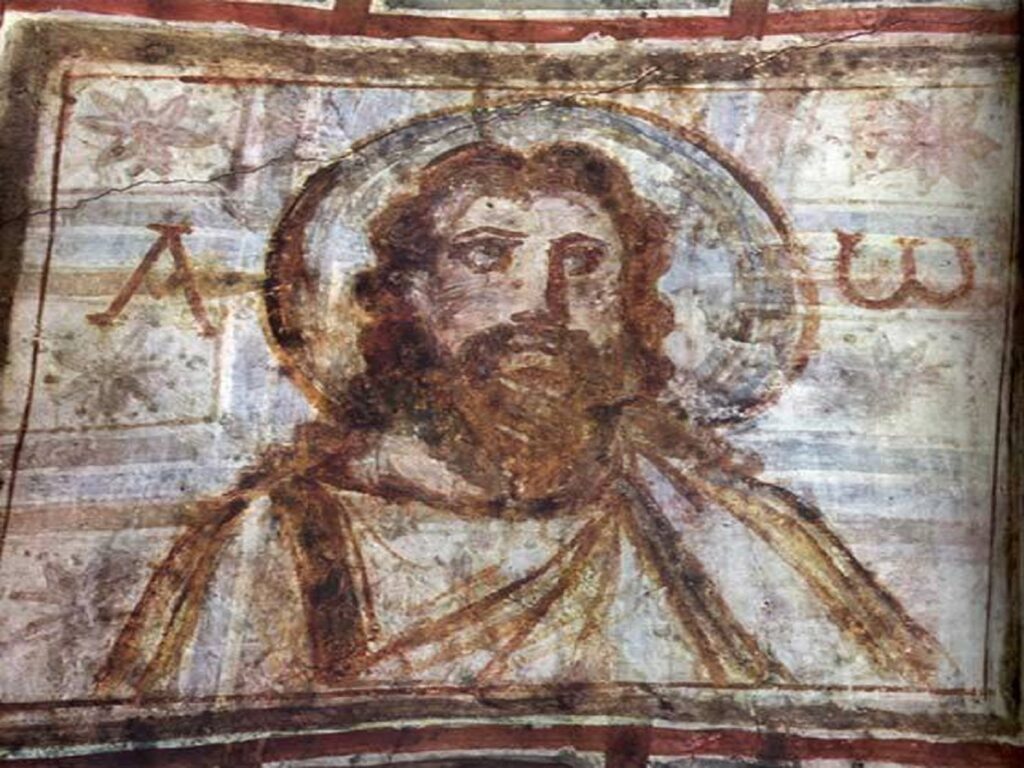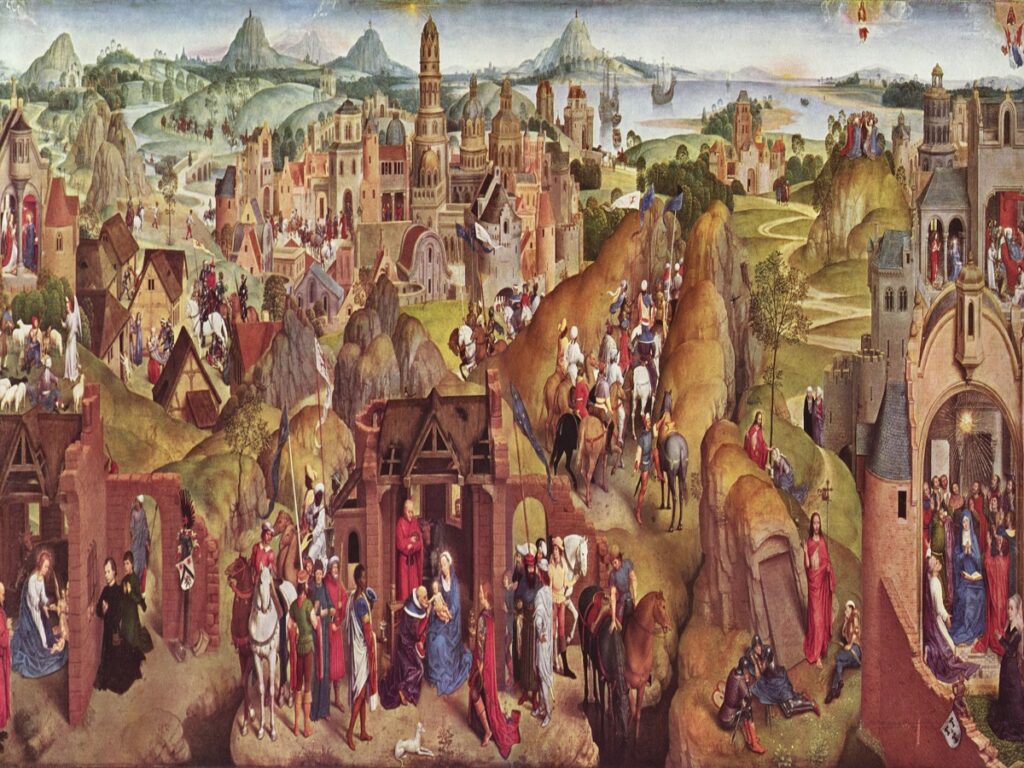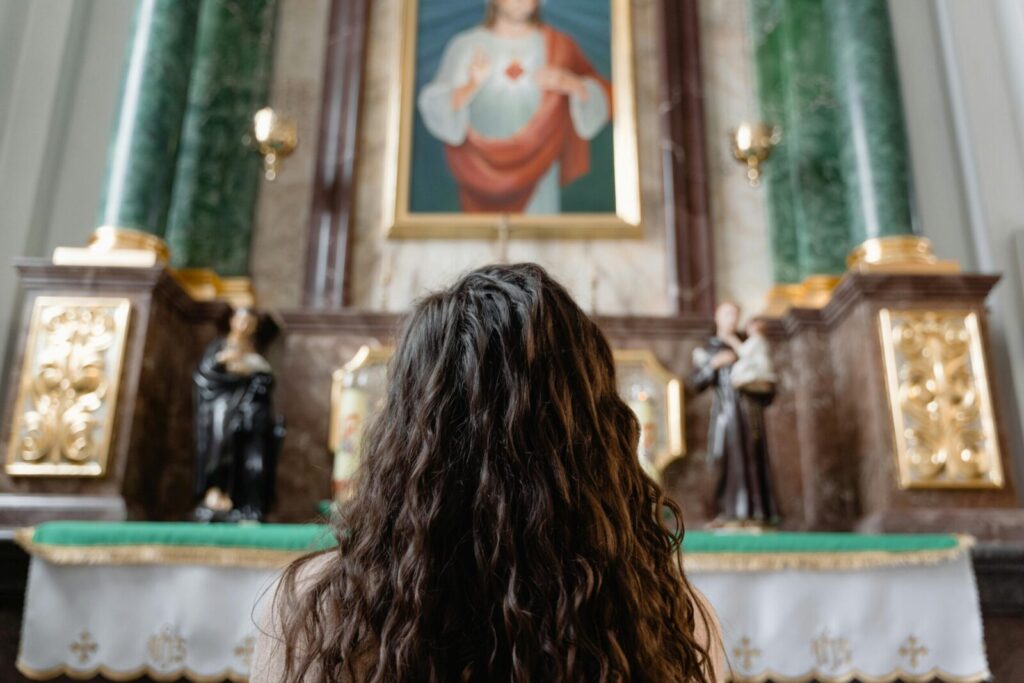Throughout history, depictions of Jesus Christ have been remarkably consistent, particularly in showing him with a beard. This common imagery is not merely artistic convention but carries deep cultural, historical, and religious significance. From early Christian art to contemporary paintings, Jesus’ beard has symbolized wisdom, maturity, and spiritual authority. Understanding why Jesus is almost universally shown with a beard requires exploring historical practices, religious beliefs, and societal norms that shaped his portrayal.
Historical Accuracy of Facial Hair

In the first century, Jewish men typically wore beards as a mark of maturity and piety. The Torah even includes guidance on hair grooming for men, reflecting a broader cultural respect for facial hair. Jesus, as a Jewish man living under Roman rule, likely followed these traditions. Ancient sculptures, coins, and writings suggest that beards were a common symbol of masculinity and spiritual devotion. Artists and historians have relied on this historical context to depict Jesus authentically.
Symbolism of the Beard in Religion
Beards have long symbolized wisdom, dignity, and authority across various cultures, including Judaism and early Christianity. For Jesus, the beard conveys his role as a teacher and spiritual leader. It visually communicates experience, maturity, and divine insight to viewers. By portraying him with a beard, artists emphasize his connection to both God and humanity, creating a visual shorthand for his spiritual stature and ethical authority that transcends language and culture.
Influence of Early Christian Art

The earliest surviving images of Jesus date back to the 3rd and 4th centuries, often in catacombs and mosaics. By this time, artists had begun standardizing his features, including a beard. These early depictions influenced later Christian art across Europe and the Middle East. Consistency in showing Jesus with a beard became a way to ensure recognition, even when styles or contexts changed. The beard served as a visual marker of sanctity, linking him to tradition and the broader religious narrative.
Cultural Perceptions of Masculinity
In many ancient societies, a beard was synonymous with adulthood and respect. Jesus’ beard reinforced the perception of him as a responsible, wise man rather than a young boy or inexperienced figure. In European and Middle Eastern art, a clean-shaven man often implied youthfulness or servitude, whereas a beard implied authority and honor. Artists adapted this understanding, ensuring that viewers instantly recognized Jesus as both human and a spiritual guide.
Artistic Traditions Through the Centuries
During the Middle Ages and the Renaissance, European artists like Leonardo da Vinci and Michelangelo perpetuated the bearded image of Jesus. These portrayals often drew inspiration from classical representations of philosophers and prophets, who were also depicted with beards. The continuity of this artistic choice reinforced the visual association of Jesus with wisdom, strength, and moral integrity, helping solidify a recognizable image for generations of worshippers.
Influence of Iconography

Iconography, particularly in Byzantine and Orthodox traditions, standardized Jesus’ beard. Icons depicted him with long hair and a full beard, emphasizing both humility and divine authority. This style spread across Eastern Europe and the Mediterranean, influencing Western depictions as well. The beard became a symbol that transcended artistic style, maintaining theological meaning and reinforcing the recognition of Jesus’ sacred identity across diverse Christian cultures.
Biblical Interpretations and Symbolism
While the Bible does not explicitly describe Jesus’ physical appearance, some interpretations reference his adherence to Jewish customs, including hair and beard grooming. A beard can symbolize adherence to God’s law, spiritual maturity, and the natural aging process. By showing Jesus with a beard, artists and theologians convey both fidelity to tradition and the timeless nature of his teachings, reminding viewers of his humanity alongside his divine mission.
Psychological Impact on Viewers

The consistent depiction of Jesus with a beard has a subtle psychological effect. It conveys wisdom, reliability, and trustworthiness, qualities often associated with mature men in many cultures. This imagery makes him appear approachable yet authoritative, inspiring reverence and reflection. Art historians note that viewers across generations, regardless of era or geography, respond to these visual cues, which reinforce the spiritual and moral lessons embodied in his image.
Comments